Nepal is a small country in South Asia, nestled between India and China. It is known for its breathtaking landscapes, rich cultural heritage, and warm hospitality. But did you know that this small Himalayan country is also home to a treasure trove of medicinal flowers?
For centuries, traditional healers in Nepal have relied on these flowers to treat various ailments and promote overall well-being. These flowers are not only beautiful to look at, but also have powerful healing properties that can benefit your health in many ways.
In this article, we will explore some of the most popular medicinal flowers of Nepal and their health benefits. We will also give you some tips on how to use these flowers in your daily life, and where to find them in Nepal. Whether you are looking to boost your immune system, alleviate pain, or reduce stress, there is a flower that can help. By incorporating these flowers into your daily routine, you can tap into the healing power of nature and support your overall health and wellness.
Rhododendron
The rhododendron, Nepal's national flower, is a stunning sight to behold. With its vibrant colors and large blooms, it is no wonder that it is a favorite among gardeners and nature enthusiasts. But beyond its aesthetic appeal, the rhododendron also possesses powerful medicinal properties.
In traditional Nepalese medicine, it is used to treat fever, cough, and other respiratory conditions. It is also believed to have anti-inflammatory and antioxidant effects, making it a valuable addition to any wellness regimen. The flowers contain compounds called anthocyanins, which are responsible for their red, purple, or pink color. These compounds have been shown to have anti-inflammatory, antioxidant, and anticancer effects.
To use rhododendron for medicinal purposes, you can make a tea by boiling the flowers in water for 10 to 15 minutes. You can drink the tea two to three times a day to relieve fever, cough, and sore throat. You can also add honey or sugar to sweeten the tea, or lemon or ginger to enhance its flavor and benefits. You can also apply the tea to your skin to treat wounds, rashes, and inflammation.
Rhododendron flowers are widely available in Nepal, especially in the mountainous regions. You can find them in the wild, or in nurseries and gardens. You can also buy dried or fresh flowers from local markets or online shops. However, be careful not to confuse rhododendron with oleander, which is a poisonous plant that looks similar to rhododendron. Oleander has white or pink flowers with a yellow center, while rhododendron has red, purple, or pink flowers with a dark center.
Chamomile
Chamomile is a popular herbal remedy known for its soothing properties. It is commonly used to promote relaxation and improve sleep quality. In Nepal, chamomile is used to treat a variety of ailments, including digestive issues, menstrual cramps, and anxiety. The flowers contain compounds called flavonoids, which have been shown to have anti-inflammatory, antioxidant, and antibacterial effects.
To use chamomile for medicinal purposes, you can make a tea by steeping the flowers in hot water for 10 to 15 minutes. You can drink the tea two to three times a day to calm your nerves, ease your stomach, and induce sleep. You can also add honey or sugar to sweeten the tea, or milk or cream to make it more soothing. You can also inhale the steam from the tea to clear your sinuses and relieve headaches. You can also apply the tea to your skin to treat wounds, rashes, and acne.
Chamomile flowers are not native to Nepal, but they are cultivated in some parts of the country, such as Kathmandu, Pokhara, and Chitwan. You can find them in nurseries and gardens, or buy dried or fresh flowers from local markets or online shops. You can also grow your own chamomile plants in pots or containers, as they are easy to care for and require little space. Chamomile plants have white or yellow flowers with a sweet and fruity aroma.
Hibiscus
The hibiscus flower, with its bright red or pink petals, is a common sight in Nepal. It is also a popular ingredient in traditional Nepalese medicine. Hibiscus tea, made by steeping the flowers in hot water, is said to have a range of health benefits. It is believed to lower blood pressure, improve heart health, and promote weight loss. The flowers contain anthocyanins, which are antioxidants that may help protect against cellular damage and inflammation.
To use hibiscus for medicinal purposes, you can make a tea by boiling the flowers in water for 10 to 15 minutes. You can drink the tea two to three times a day to lower your blood pressure, improve your cholesterol levels, and boost your metabolism. You can also add honey or sugar to sweeten the tea, or lemon or mint to enhance its flavor and benefits. You can also apply the tea to your hair to improve its growth and shine. You can also use the tea as a natural dye for your clothes or fabrics.
Hibiscus flowers are widely available in Nepal, especially in the lowland regions. You can find them in the wild, or in nurseries and gardens. You can also buy dried or fresh flowers from local markets or online shops. You can also grow your own hibiscus plants in pots or containers, as they are easy to care for and require plenty of sunlight. Hibiscus plants have red, pink, or white flowers with a tart and tangy taste.
Marigold
Marigold is a bright and cheerful flower that is often used in garlands and decorations in Nepal. It is also a valuable medicinal plant. In traditional Nepalese medicine, marigold is used to treat wounds, rashes, and other skin conditions. The flowers contain compounds called triterpenoids, which have anti-inflammatory and antimicrobial effects. Marigold is also believed to have analgesic properties, making it an effective pain reliever.
To use marigold for medicinal purposes, you can make a tea by boiling the flowers in water for 10 to 15 minutes. You can drink the tea two to three times a day to relieve pain, inflammation, and fever. You can also add honey or sugar to sweeten the tea, or ginger or turmeric to enhance its benefits. You can also apply the tea to your skin to treat wounds, rashes, and burns. You can also use the tea as a mouthwash to improve your oral hygiene and prevent infections.
Marigold flowers are widely available in Nepal, especially in the hilly regions. You can find them in the wild, or in nurseries and gardens. You can also buy dried or fresh flowers from local markets or online shops. You can also grow your own marigold plants in pots or containers, as they are easy to care for and require moderate sunlight. Marigold plants have yellow, orange, or red flowers with a spicy and bitter taste.
Jasmine
Jasmine is a fragrant flower that is prized for its sweet scent. In Nepal, it is used to treat headaches, anxiety, and depression. The flowers contain compounds called terpenoids, which have been shown to have sedative and anxiolytic effects. Jasmine oil is also used in aromatherapy to promote relaxation and reduce stress.
To use jasmine for medicinal purposes, you can make a tea by steeping the flowers in hot water for 10 to 15 minutes. You can drink the tea two to three times a day to relieve headaches, anxiety, and depression. You can also add honey or sugar to sweeten the tea, or milk or cream to make it more soothing. You can also apply the oil to your skin to treat wounds, rashes, and inflammation.
Jasmine oil has antibacterial and anti-inflammatory properties that can help heal and soothe the skin. You can also massage the oil into your scalp to improve hair growth and prevent dandruff.
Jasmine flowers are not native to Nepal, but they are cultivated in some parts of the country, such as Kathmandu, Pokhara, and Chitwan. You can find them in nurseries and gardens, or buy dried or fresh flowers from local markets or online shops. You can also grow your own jasmine plants in pots or containers, as they are easy to care for and require plenty of sunlight. Jasmine plants have white or yellow flowers with a sweet and floral aroma.
Lotus
The lotus flower is a symbol of purity and enlightenment in many cultures, including Nepal. It is also a powerful medicinal plant. In traditional Nepalese medicine, lotus is used to treat a range of conditions, including fever, diarrhea, and liver problems. The flowers contain compounds called alkaloids, which have been shown to have analgesic, anti-inflammatory, and antimicrobial effects. Lotus is also believed to have antioxidant properties, making it a valuable addition to any wellness regimen.
To use lotus for medicinal purposes, you can make a tea by boiling the flowers in water for 10 to 15 minutes. You can drink the tea two to three times a day to lower your fever, stop your diarrhea, and detoxify your liver. You can also add honey or sugar to sweeten the tea, or lemon or ginger to enhance its flavor and benefits.
Conclusion
In this article, you learned about some of the most popular medicinal flowers of Nepal and their health benefits. You also learned how to use these flowers in your daily life, and where to find them in Nepal. These flowers offer a natural and holistic approach to promoting health and well-being. They have been used for centuries in traditional Nepalese medicine to treat a range of ailments. By incorporating these flowers into your daily routine, you can tap into the healing power of nature and support your overall health and wellness. So the next time you visit Nepal, take a moment to appreciate the beauty and medicinal value of these remarkable flowers.


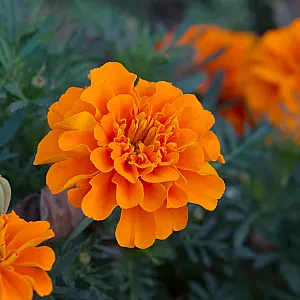
-thumb.webp)

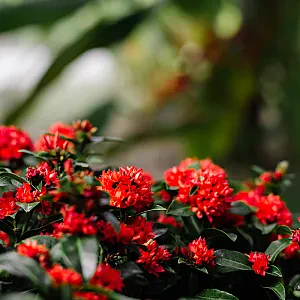

-thumb.webp)
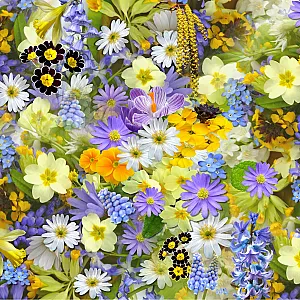
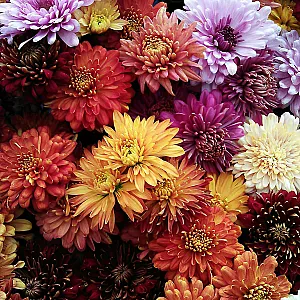
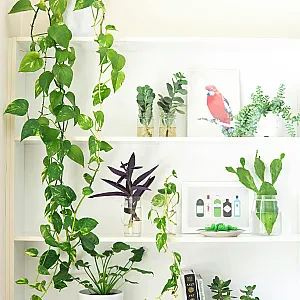

Comments